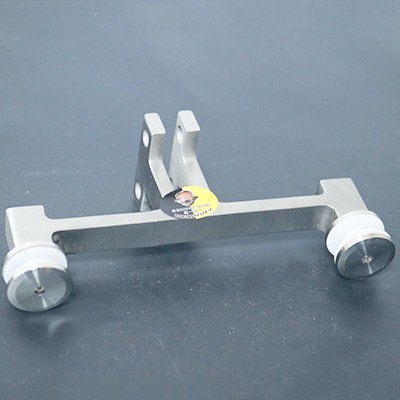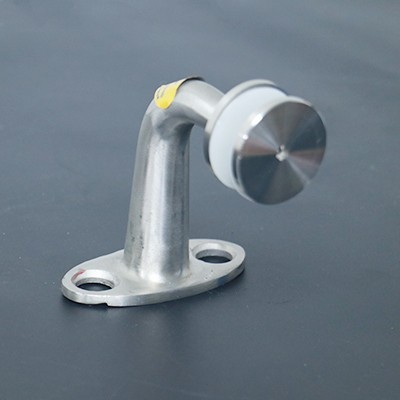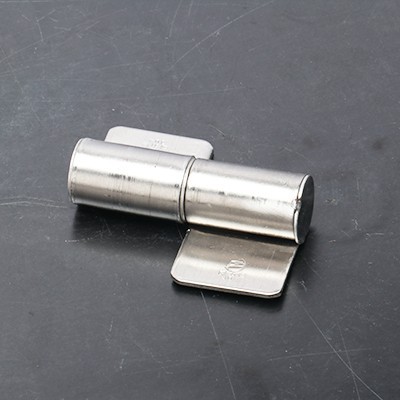Characteristics and advantages of 304L stainless steel plates
Released Date: Jul 22,2022 Article Source:
VILIWORLD
After hot rolling, the non-metallic inclusions (mainly sulfides, oxides and silicates) inside the steel are pressed into thin sheets, presenting a delamination (interlayer) phenomenon. Delamination greatly deteriorates the tensile function of steel along the thickness direction and may cause interlayer tearing when the weld seam shortens. The partial strain induced by the shortening of the weld seam often reaches several times the strain at the yield point and is much greater than the strain caused by the load.
After hot rolling, the non-metallic inclusions (mainly sulfides, oxides and silicates) inside the steel are pressed into thin sheets, presenting a delamination (interlayer) phenomenon. Delamination greatly deteriorates the tensile function of steel along the thickness direction and may cause interlayer tearing when the weld seam shortens. The partial strain induced by the shortening of the weld seam often reaches several times the strain at the yield point and is much greater than the strain caused by the load.
1,304lThe cold-rolled forming steel of stainless steel plates is allowed to have a partially curved cross-section, and then the bearing capacity of the members after bending can be fully utilized. However, hot-rolled section steel is not allowed to have partial deflection in the cross-section.2The causes of residual stress in hot-rolled sections and cold-rolled sections are different, so the distribution on the cross-section also varies greatly. The residual stress distribution on the cross-section of cold-formed thin-walled steel sections is of the tortuous type, while that on the cross-section of hot-rolled steel sections or welded steel sections is of the film type.3The freely variable stiffness of hot-rolled section steel is higher than that of cold-rolled section steel, so the torsional resistance of hot-rolled section steel is superior to that of cold-rolled section steel.
304LStainless steel plate and304The characteristics and differences of stainless steel plates:304LNickel content ratio304There are more stainless steel plates and a little more nickel,And more importantly304Lthan304The carbon content is much lower.304LStainless steel plates are more resistant to pitting corrosion at welding points or other treated areas304Better.304LMore corrosion-resistant304LLow carbon content304It has a wide range of uses and outstanding corrosion resistance, heat resistance, low-temperature strength and mechanical properties. It has good hot working properties such as stamping and bending, no hardening phenomenon after heat treatment (non-magnetic, applicable temperature.-196°C~800°C),304LAfter welding or stress relief, its resistance to intergranular corrosion is excellent. It can maintain excellent corrosion resistance and operating temperature even without heat treatment-196°C-800°C.




 +86 189-2994-8884
+86 189-2994-8884  +86 40000 18348
+86 40000 18348 workweixine4959b@www.wlh348.com
workweixine4959b@www.wlh348.com Building K, Jinguagang Ceramic Market, Shiwan Street, Chancheng District, Foshan, China
Building K, Jinguagang Ceramic Market, Shiwan Street, Chancheng District, Foshan, China
 Wechat QR code
Wechat QR code Mobile phone QR code
Mobile phone QR code Wechat official account
Wechat official account